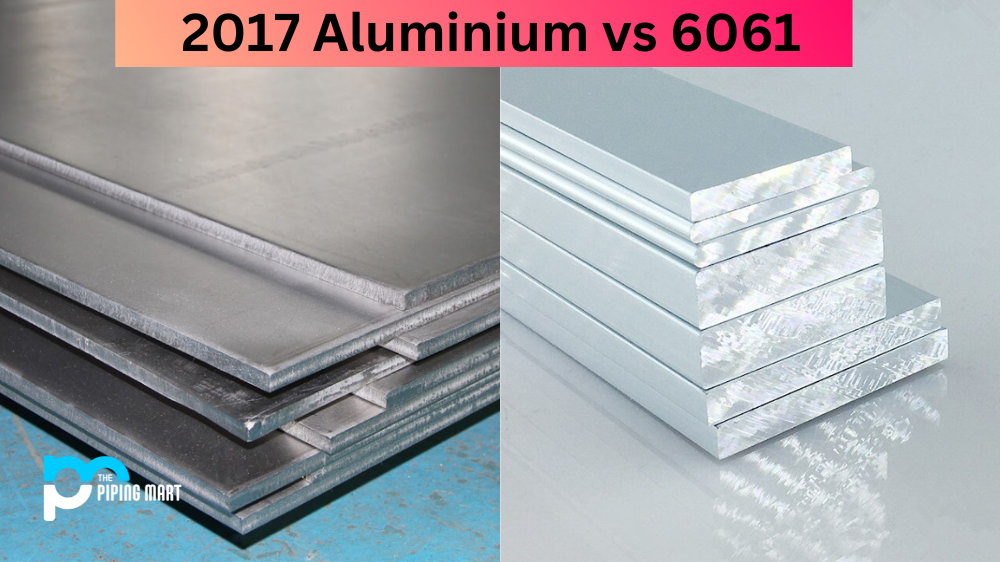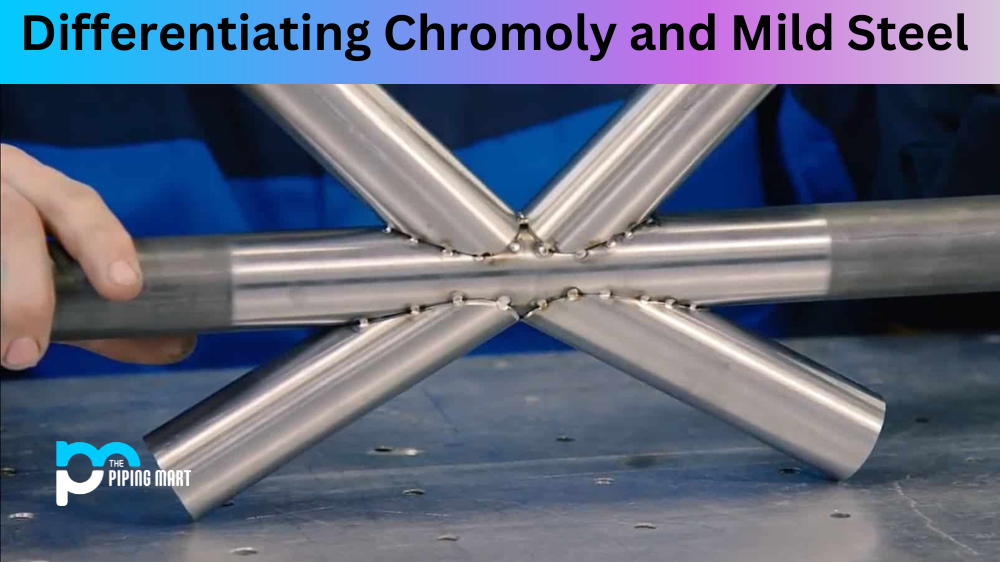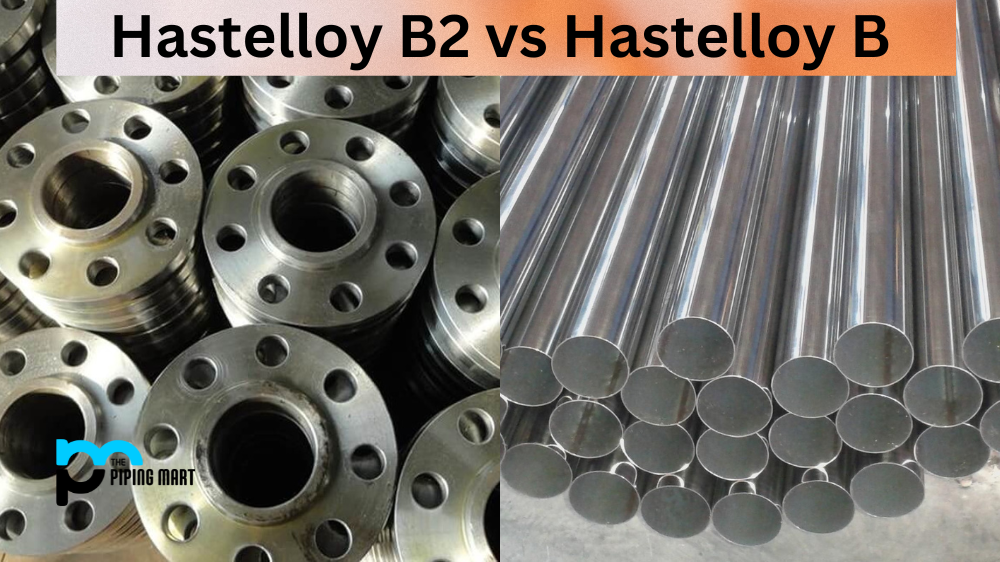If you’re in the market for aluminum, two of the most popular options are 2017 and 6061. Both of these alloys offer various advantages, but some key differences between them can help you decide which is best for your application. Let’s take a closer look at both 2017 and 6061 to see how they compare.
2017 Aluminum Alloy
Aluminium is a soft, lightweight metal that is used in a wide variety of applications. It is one of the most abundant elements in the Earth’s crust and can be found in alloys with a variety of other metals. Aluminium has a number of advantages over other metals, including its high strength-to-weight ratio, corrosion resistance, and low cost.
2017 aluminium is commonly used in applications that require high strength, such as aerospace components and automotive parts. It has excellent machinability and welding properties. The alloy also has good corrosion resistance when compared to other common aluminum alloys. This makes it an ideal choice for products that need to stand up to harsh environments like marine applications or outdoor use.
6061 Aluminum Alloy
If you’re looking for an even stronger aluminum alloy, then 6061 might be the right fit for your application. It is one of the most versatile aluminum alloys available on the market today and can be used in everything from structural components to boats and furniture. It is especially popular among hobbyists because it is easy to weld and machine with basic tools. Its high strength-to-weight ratio makes it very attractive in applications where weight savings are critical, such as aircraft construction or bicycle frames.
6061 is an aluminium alloy that contains magnesium and silicon as well as small amounts of copper, chromium, iron, manganese, titanium, and zirconium. This alloy is known for its high strength-to-weight ratio, making it ideal for a variety of applications. Additionally, 6061 has excellent corrosion resistance and can be easily welded and machined.
Difference Between 2017 Aluminium and 6061
Composition
One of the primary differences between aluminium and 6061 is their composition. Aluminium is mostly made up of aluminium oxide, while 6061 contains magnesium and silicon as well as other metals. This difference in composition gives each metal different properties that make them better suited for different applications.
Strength
Another difference between these two metals is their strength. Aluminium is not as strong as 6061, but it does have a higher strength-to-weight ratio. This means that it is lighter than 6061 but can still support a significant amount of weight. Additionally, aluminium has good ductility, meaning it can be easily formed into different shapes without breaking.
Cost
Finally, another difference to consider between these two metals is their cost. Aluminium is typically more expensive than 6061 due to its higher purity level. However, 6061 may be more expensive if you require a specific alloy mix that contains rarer metals like titanium or zirconium
Conclusion:
From aerospace components to bicycle frames, 2017 and 6061 aluminum alloys have become incredibly popular choices due to their superior machinability, welding properties, strength-to-weight ratio, and corrosion resistance. Whether you need an alloy that offers maximum strength or one that is easier to work with, either option could be suitable for your application, depending on your specific needs. By comparing these two alloys side by side, you can make an informed decision about which one will best suit your needs.

Pipingmart is a B2B portal that specializes in metal, industrial and piping items. Additionally, we share the latest information and information about materials, products and various types of grades to assist businesses that are involved in this business.




